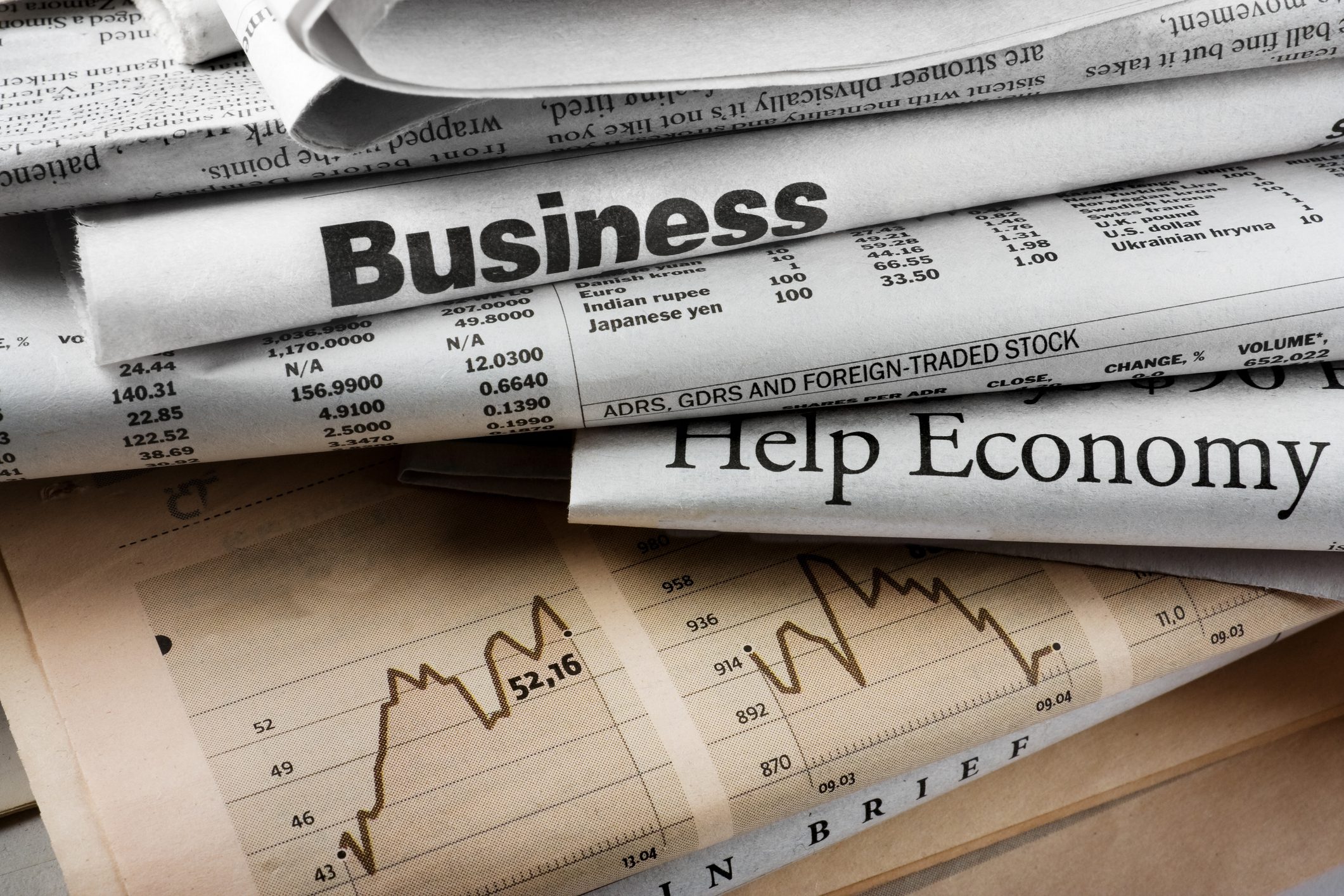A soft landing is achieved when an economy moves from a growth period in a business cycle to that of slow growth, or no growth, while avoiding a recession. In the U.S., hard and soft landings generally occur after a period of tightening by the Federal Reserve (the Fed).
WHY IS ACHIEVING A SOFT LANDING DIFFICULT?
The Fed has few tools in its tool chest, the primary being the ability to adjust the Fed Funds Rate. Changes to the Fed Funds Rate have broad implications throughout the economy. These include impacting longer-term rates (essentially making money more expensive) and slowing economic growth. While interest rate changes have an impact on economic growth, there is a lag before these changes affect the economy. The Fed has to do precision work with a blunt instrument, which is akin to performing surgery with a hammer.
UNIQUE PROBLEMS WE ARE FACING IN THE ECONOMY THIS CYCLE
At the beginning of this tightening cycle, inflation was higher and real interest rates were lower than any previous attempt at a soft landing. As Greg Ip of the Wall Street Journal noted, “not only is the economy already traveling above the speed limit, the Fed has the gas pedal pressed to the floor.” Additionally, supply disruptions due to COVID lockdowns in China and Russia’s war on Ukraine have been broader and more enduring than expected. Expectations are the Fed will have to raise rates much higher, much more quickly, to bring inflation under control.
UNIQUE OPPORTUNITIES FOR A SOFT LANDING THIS CYCLE
We are currently seeing a decrease in demand created by higher interest rates. This decrease could have the effect of reducing waiting lists for new cars or number of bidders on a new house, resulting in lower prices rather than a reduction in the number of cars or houses sold. In addition, the labor market is still extremely strong, with significantly more job openings than job seekers. This creates considerable leeway to reduce demand before the unemployment rate begins moving appreciably higher.
CONCLUSION
Whether or not the Fed is able to steer the economy to a soft landing this cycle remains to be seen. In the past 60 years, the Fed has battled inflation 11 times, five of which culminated in soft, or “softish” (a very mild recession) landings. Our investment team is keeping a close eye on economic growth and inflation, and is ready to make changes to client portfolios as needed to weather the end of the cycle, whether the landing be hard or soft.
Written: November 21, 2022
